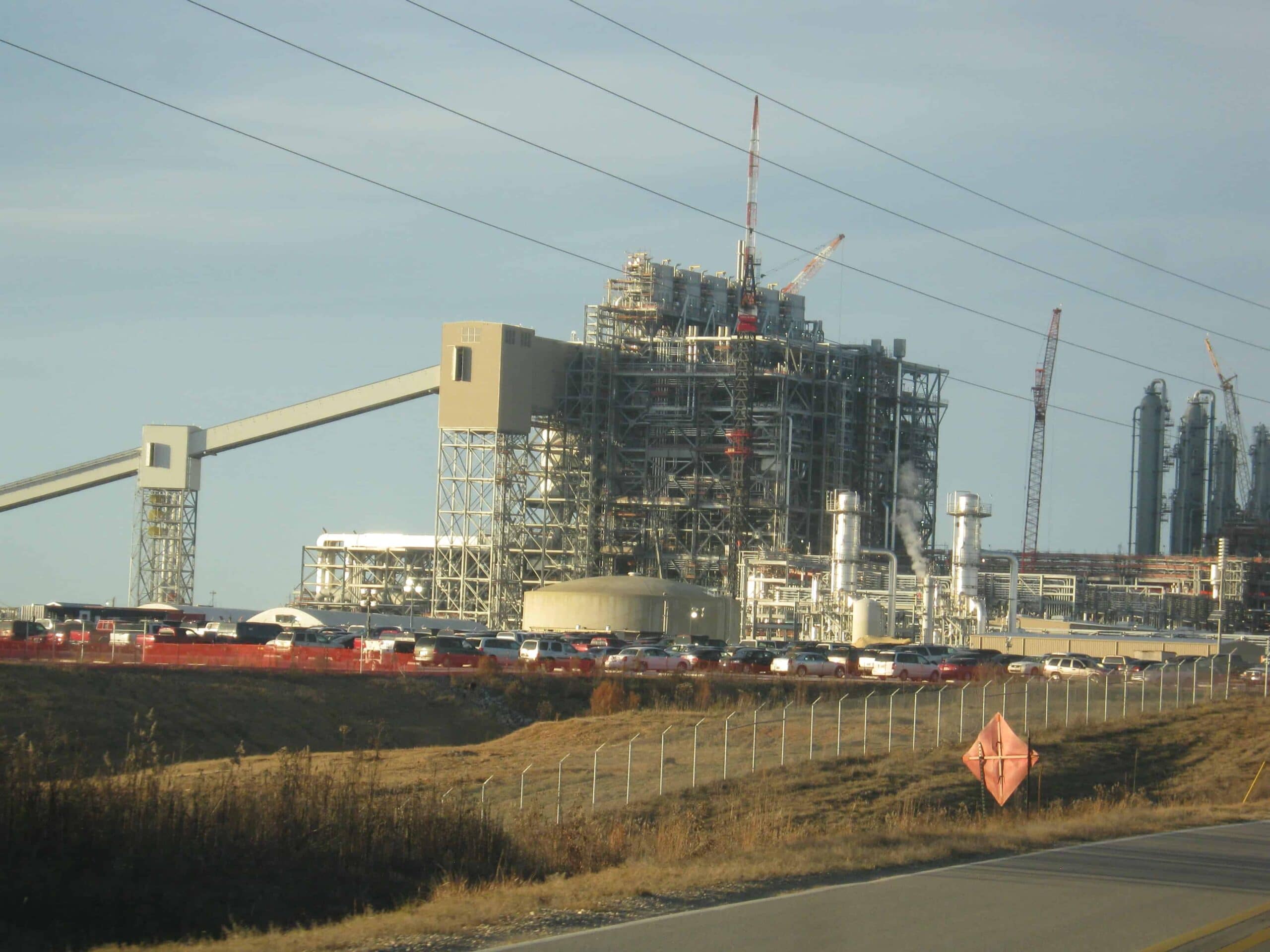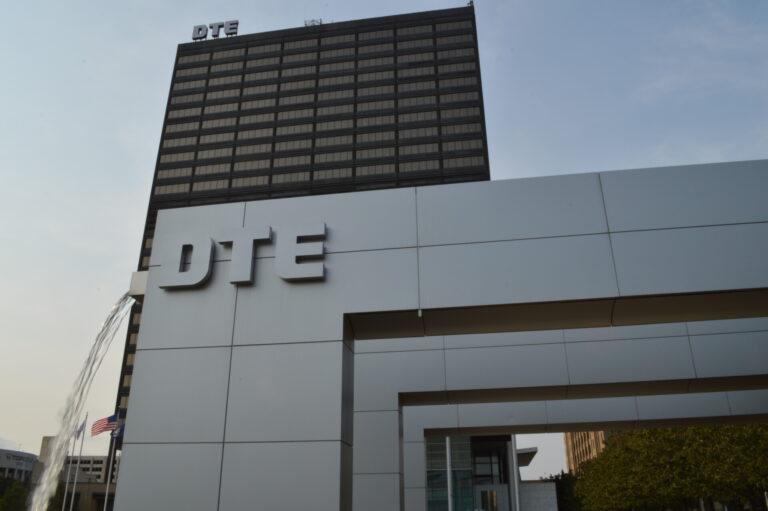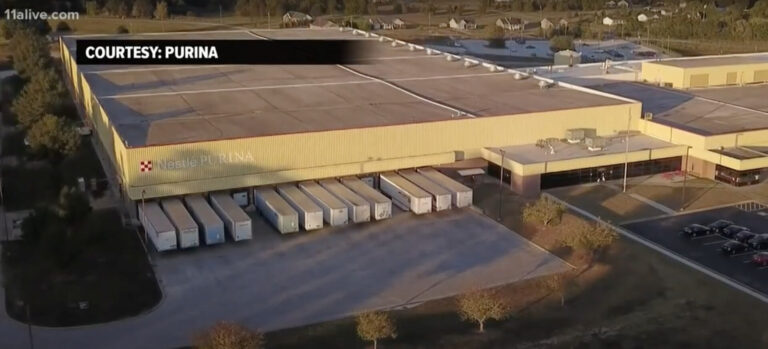Southern Company’s Kemper Power Plant: Latest Utility Boondoggle at the Expense of Customers

This week, Southern Company was the center of a New York Times investigation. Thousands of pages of public records, previously undisclosed internal documents and emails, and 200 hours of recorded conversations among Southern Company officials about its Kemper “clean coal” plant revealed poor company management and potential fraud according to a whistleblower. Times reporter, Ian Urbina writes, it is a story of “how a monopoly, with political help from the Mississippi governor and from federal energy officials who pressured state regulators in letters to support the project, shifted the burden of one of the most expensive power plants ever built onto the shoulders of unwitting investors and some of the lowest-income ratepayers in the country.”
The whole debacle, arguably, likely never would have happened in not for a single energy policy enacted in Mississippi eight years ago, which allowed Southern Company, a corporation with earnings that total over $15 billion since 2008, to take advantage of their customers.
In May of 2008, Governor Haley Barbour signed Senate Bill 2793 into law, commonly referred to as the Baseload Act. This law allowed utility companies that planned to build a 300 megawatt clean coal facility or an 800 megawatt nuclear power plant to include all “pre-construction, construction, operating, and related costs that utility incurs in connection with a generating facility… whether or not the construction of any generating facility is placed into commercial operation.” The costs can include but are not limited to all such expenses contained in the utility’s Construction Work in Progress or ‘CWIP’ accounts.
The convention in electricity ratemaking is that companies can’t start charging customers for an asset, like a power plant, until it’s in service. The Baseload Act allowed Southern Company to receive cash from their Mississippi ratepayers in advance and use that capital to construct the Kemper power plant. A utility company argues it does this to reduce the amount of money it will need to raise from the capital markets ultimately reducing the amount of money to be repaid by the ratepayers. Utilities argue this lowers the total cost of the plant itself. In reality, utilities have fought for CWIP laws so that they could pass all the risk of building large, often unneeded, power plants on the backs of consumers and off of their shareholders.
Last year, scrutiny of Mississippi’s Baseload Act, specifically CWIP, again occurred because it made it possible for Southern Company to request and receive an emergency 18 percent rate increase, and later a 15 percent increase to help pay for the cost of the gas-fire portion of the plant that is producing electricity. These rate increases occurred months after the Mississippi Supreme Court invalidated an 18 percent rate increase from 2013-2014, and ordered Mississippi Power to refund that $281 million to customers. Mississippi Power’s CEO said in testimony the utility was going to run out of money without the rate relief.
However, public frustrations of CWIP has not been limited to Mississippi. In fact, utility companies throughout the country have been benefiting from CWIP type policies for years, and the Kemper boondoggle is just the latest example that will hopefully create extensive oversight and stricter regulations where these policies exist.
Other States and Construction Work in Progress Policies
In 2002, Indiana lawmakers passed Senate Bill 29, which allowed CWIP charges for a utility to build a “clean coal” power plant with a generating capacity of 100 megawatts using Illinois Basin coal.
In 2006, Florida passed a bill allowing utilities to receive early cost recovery to charge customers in advance of operation for the costs associated with design, licensing, preconstruction, and construction carrying costs for nuclear reactors or integrated gasification combined cycle power plant petitions submitted before December 31, 2010.
In 2007, South Carolina passed the Base Load Review Act allowing utilities to receive an allowance for funds used during pre-construction and development costs and for funds used during construction for coal or nuclear generation or any facility 350 megawatts or larger designed to run with a capacity factor greater than 70 percent. The law also allowed a utility building a nuclear plant to submit revised rate requests annually to collect cost of CWIP.
In 2007, Louisiana PSC approved an order after a rulemaking process (Docket R-29712), also known as the Incentive Cost Recovery Rule for Nuclear Power Generation. The approval by the PSC allows a utility to collect cash earnings on CWIP in rates during certified phase of the nuclear plant development in addition to the transition costs, which are costs incurred before and during review of the application for certification for the nuclear power plant.
In 2008, Kansas lawmakers passed Senate Bill 586 to allow nuclear power plants to qualify for CWIP and other preconstruction expenditures in rates, including the costs of studies of possible new nuclear generation facilities.
In 2009, Georgia lawmakers passed the Georgia Nuclear Energy Financing Act, which amended existing state law to allow Southern Company’s Georgia power to recover costs from its ratepayers the costs of financing associated with the construction of certified nuclear power plants by the state PSC.
Efforts to pass CWIP legislation by Ameren in Missouri and Duke Energy in North Carolina have been unsuccessful in recent years.
American Legislative Exchange Council’s Role
These laws appear to be stemming from a model legislation (Utility Construction Review Act) approved by the American Legislative Exchange Council. Indeed. “That’s straight out of ALEC,” said Louie Miller of the Mississippi Sierra Club to the Sun Herald last year.
It is no surprise that this language and the education of state lawmakers about this energy policy would stem from ALEC. The utility industry, as has the other major beneficiary of CWIP laws or preconstruction cost recovery laws, the nuclear energy industry, have long been involved with the organization. In fact, Exelon, Entergy, Nuclear Energy Institute, and Nuclear Matters, all have been working within ALEC over the years.
However, this practice of shifting the risks and burdens from shareholders to customers as the customers replace investors and bankers as the suppliers of the capital needed to build the plant did not originate in ALEC. Rather, ALEC appears play the role of helping their corporate members in the education of CWIP as new state legislators move into office, and served as a vehicle to help the utility and nuclear industry advance CWIP-changes over the years to better protect their earnings. CWIP has actually been a policy that has been around for decades.
A History of Controversy
“Allowing CWIP in the rate base forces current customers to provide a return on capital unnecessarily invested in new capacity, thereby protecting utilities from the consequences of their own management decisions and encouraging construction of unneeded facilities.“
That’s a quote from the Director of the U.S. Office of Consumer Affairs in a 1980 report issued by the Comptroller General of the U.S. at the request of former Senator Max Baucus (D-MT). The report is titled, Construction Work in Progress Issue Needs Improved Regulatory Response for Utilities and Consumers. At the time, there was growing angst from customers paying for power plants that were delayed by years or were never going to be constructed in the first place.
Voters in New Hampshire even voted their governor out of office in 1978 due to his decision to veto a bill that would have prohibited CWIP. Then-Governor Thomson’s opponent, Hugh Gallen, made CWIP a major issue and had bumper sticks made that said, “Whip CWIP – Vote Gallen.”
And just like the frustration that was building throughout the late 1970s over utility companies taking advantage of ratepayers, anger has been building once again.
In Indiana, Duke Energy customers have watched the $3.55 billion Edwardsport integrated gasification combined cycle (IGCC) plant get built in Knox County. A recent settlement agreement between citizen groups and Duke Energy has paved the way for the utility company agreeing not to bill customers $87.5 million of plant operating expenses and having caps in place for the next two years on how much Duke Energy can collect from ratepayers for capital costs. However, this is after $688 million consumers have already paid for the power plant – CWIP charges represent nearly $627 million of the $688, according to Citizens Action Coalition.
In Florida, a lawsuit has recently been filed against Duke Energy and NextEra’s Florida Power & Light (FPL) concerning that state’s 2006 law. The lawsuit states that Duke Energy unlawfully charged customers to cover more than $1.2 billion in expenses at its Crystal River nuclear power plant and the now shelved Levy County plant site; and FPL for $814 million of expenses tied to that utility’s power plants including two new reactors at its Turkey Point plant.
In South Carolina, the state’s Office of Regulatory Staff, which represents the public’s interest in utility issues, recently released a finding that concluded South Carolina Electric & Gas (SCE&G) customers are paying an average of $23.16 each billing period – or 16.1 percent of their total bill – toward the Midlands nuclear power plant. And according to The Post and Courier, this cost will likely increase by another $852 million to $14 billion, which is more than $4 billion higher than the original cost estimates. SCE&G has raised rates each year since 2009.
In Georgia, nearly $1.7 billion of CWIP charges has been allocated to Southern Company’s Georgia Power for the $6.5 billion Vogtle nuclear power project. An additional $1.4 billion more can be allocated, according state Representative Karla Drenner, who introduced House Bill 931 in February. The legislation would have terminated the CWIP law. And Georgia Power is now asking for another $175 million from ratepayers to study the feasibility of yet another nuclear plant.
With the Kemper power plant and specifically CWIP again on the front page of newspapers, hopefully more state legislators and regulators can take a stand against ALEC, and both the utility and nuclear energy industry, in order to truly protect customers and prevent mismanagement by utility companies.



